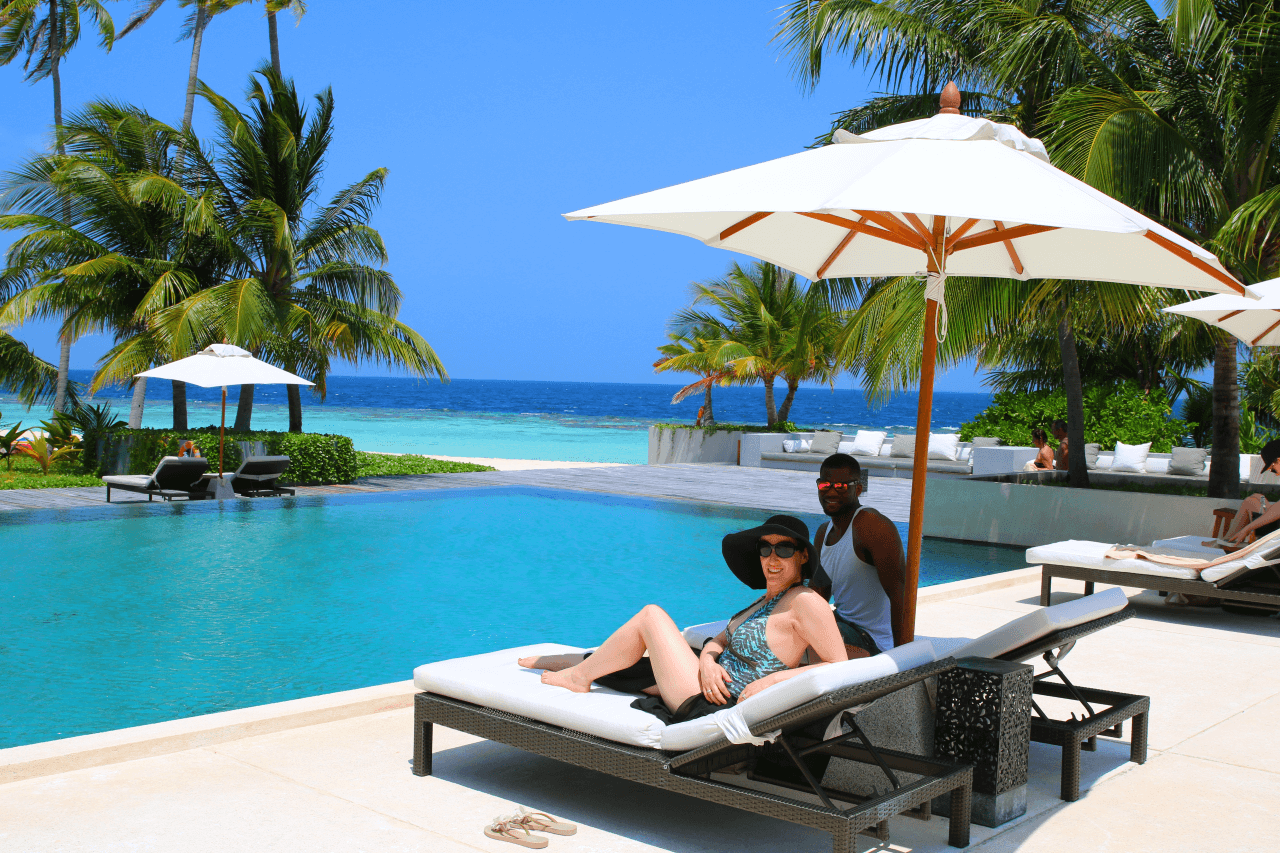Around the World with 6 Iconic African Landmarks
Introduction
If you’ve ever dreamed of exploring the world, I have some exciting news for you. All six of these iconic African landmarks are within easy reach. Whether you’re looking for adventure or just a good dose of culture, these destinations have it all: history, nature and even a little bit of science fiction!
Tiandong Guo
The Tiandong Guo is an ancient Chinese landmark located in Gansu Province. The tower was built in 1372 and has been a popular tourist attraction since it was first opened to the public.
The tower’s yellow walls and blue tiles are distinctive, but it’s the red roofs that really draw your eye and make this building so special. It’s also known as “the Yellow Crane Tower.”
The Great Sphinx
The Great Sphinx of Giza is a statue of a reclining or couchant sphinx (a mythical creature with a lion’s body and a human head). It’s the largest monolithic statue in the world, carved out of bedrock.
The Great Sphinx was built during the reign of Pharaoh Khafre (2558-2532 BCE), who ruled Egypt during the Fourth Dynasty. The lioness’ body faces east toward the Nile River, which was considered sacred by Egyptians; her head faces west toward desert sands where no one could travel by foot. Her paws rest on top of two mountains that represent Upper Egypt and Lower Egypt respectively – these were believed to be created by Atum when he first appeared out of Nun/chaos at creation time as part of his role as creator god alongside Ra/sun god and Thoth/moon god (who represents wisdom).
Victoria Falls, Zimbabwe and Zambia
Victoria Falls is the largest waterfall in the world, and it’s located on the Zambezi River between Zimbabwe and Zambia. It has been a UNESCO World Heritage Site since 1988 and is one of Africa’s biggest tourist attractions.
The falls were named after Queen Victoria by explorer David Livingstone when he first saw them in 1855. He wrote about his experience in his diary: “We camped near a village called Chikwenya… On our way up we passed over beautiful grassy slopes dotted with bright flowers… We came upon another tribe called Batoka who live on both sides of Lake Mweru (now known as Lake Kariba). They are said to be cannibals who eat human flesh.”
Mount Kilimanjaro, Tanzania
Mount Kilimanjaro, Tanzania
Mount Kilimanjaro is the tallest free-standing mountain in the world and one of Africa’s most iconic landmarks. It’s also one of the most popular destinations for hikers looking to climb its snow-capped peaks. If you’re planning on visiting this massive peak, here are some things you should know:
- How do I get there? You can get to Mount Kilimanjaro by plane or bus from Dar es Salaam or Arusha; both cities are located within hours of each other by car or public transportation (like buses). Once there, it’ll be easy enough to find someone willing to take you up into the mountains with them–but keep in mind that it’s illegal for anyone who isn’t an accredited guide or registered porter (someone who carries your gear) while hiking on Tanzania’s national park land surrounding Kili itself!
- What should I bring? Bring plenty of warm clothes since even during summer months temperatures can drop below freezing at night due to altitude changes between base camp and summit ridge line–and remember: no matter what time of year it is when visiting Tanzania, always bring sunscreen!
Table Mountain, South Africa
Table Mountain is the flat-topped mountain that dominates the skyline of Cape Town. It is a World Heritage Site, and a popular tourist attraction. Table Mountain also has very rich history going back centuries. The indigenous Khoikhoi people were living on this land long before European settlers arrived in 1652, when Jan van Riebeeck founded what would become known as Cape Town.
This majestic landmark has been used by many different cultures over its long history including: Dutch settlers, British colonists and most recently South Africans who have made it their own home today!
Cape of Good Hope, South Africa
The Cape of Good Hope is an iconic landmark in South Africa, and for good reason. The most southern tip of Africa is a natural wonder that has been attracting visitors since its discovery by Europeans in 1488.
The cape itself is a UNESCO World Heritage Site, but it also includes several other attractions: Cape Point Nature Reserve; Robben Island; Table Mountain National Park; Signal Hill Park; Kirstenbosch Botanical Gardens (a must-see if you’re visiting during springtime!). If you want to explore more than just this one area around Cape Town, there are plenty more places to check out as well: Lion’s Head and Devil’s Peak lookouts offer stunning views of both land and sea; Stellenbosch Vineyards are home to some of South Africa’s best wines; Hermanus Whale Watching Tours offer up close encounters with these giant creatures while they migrate southward each year between June 1st – December 15th
All of these landmarks are iconic and worth visiting.
All of these landmarks are iconic and worth visiting. They’re also all located in Africa, so if you’re looking for a new adventure, this list is for you!
Conclusion
Africa is a continent full of natural wonders and cultural heritage. From the Victoria Falls in Zimbabwe and Zambia, to Mount Kilimanjaro in Tanzania and Cape of Good Hope in South Africa, there are many places that will take your breath away with their beauty.


